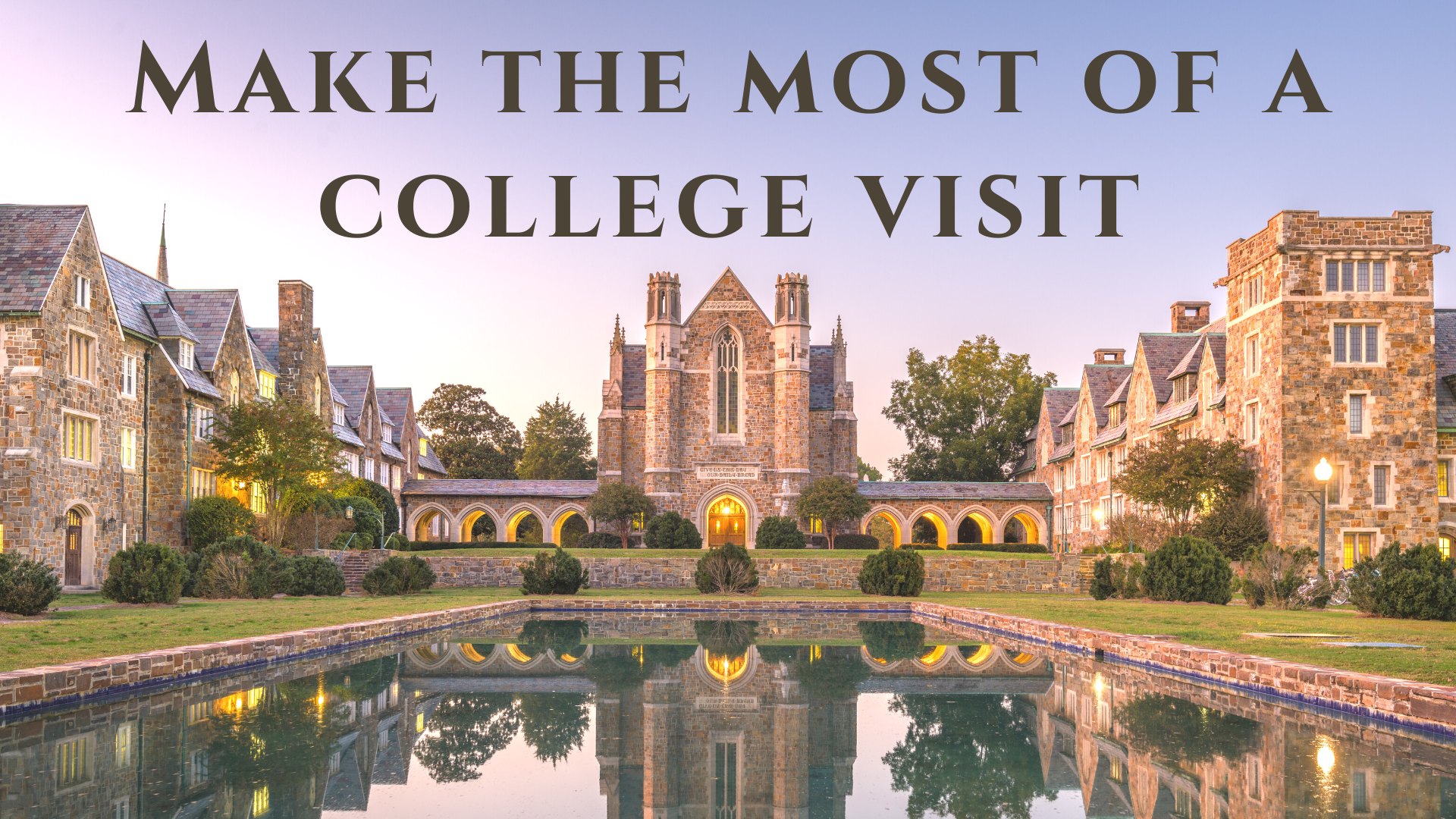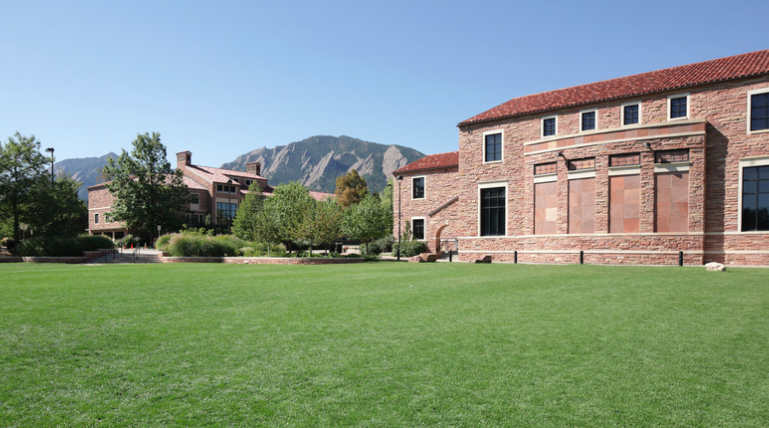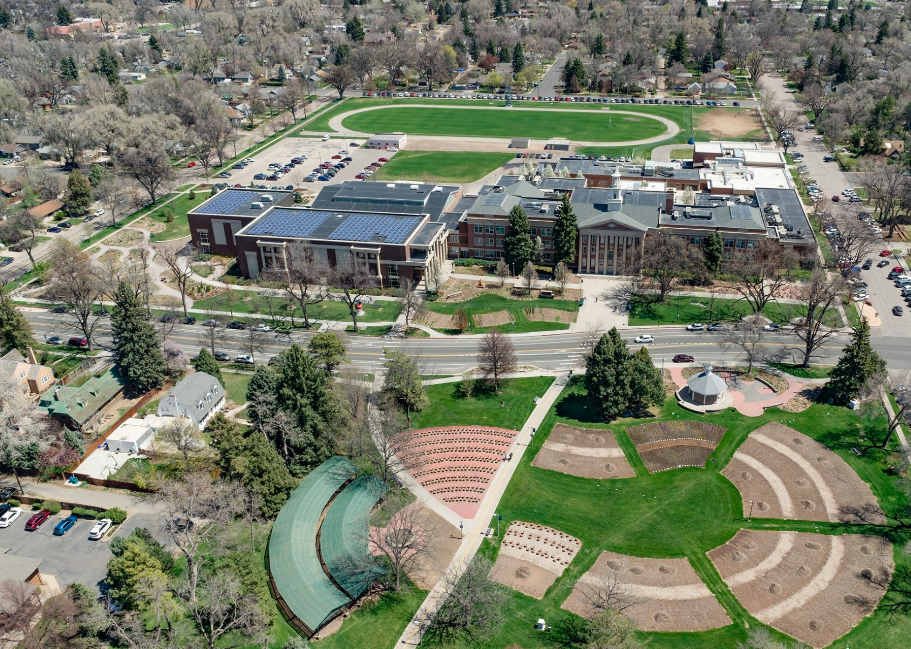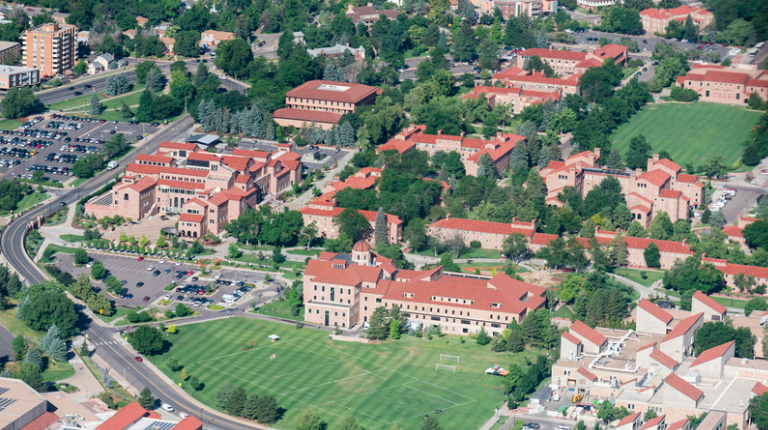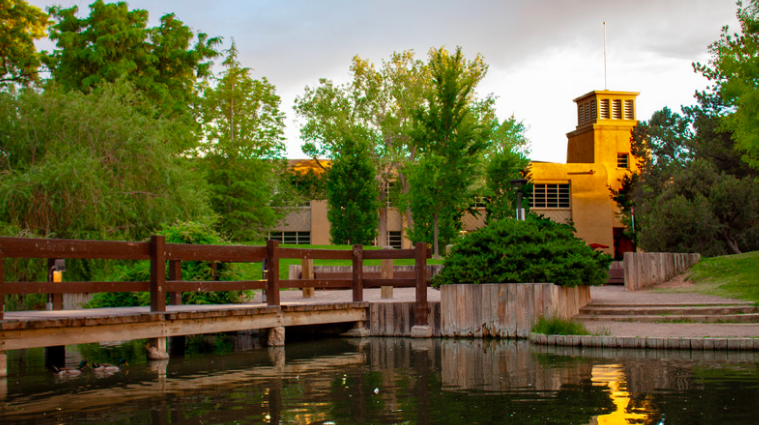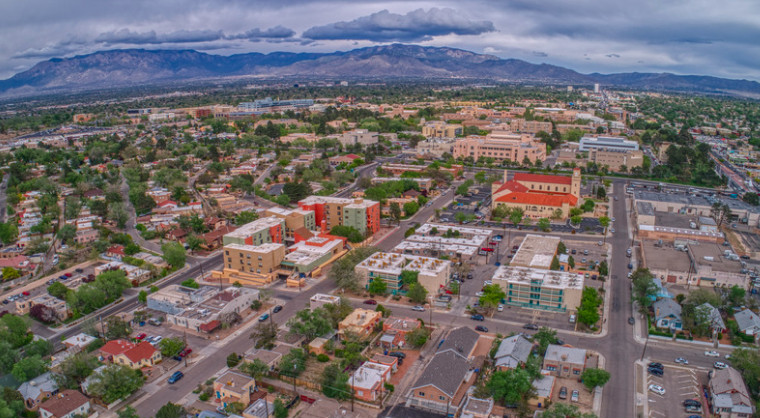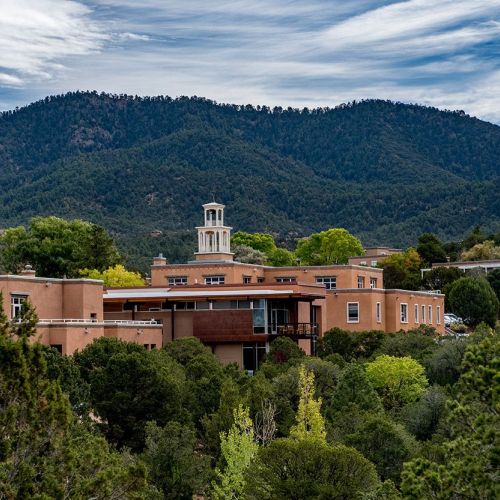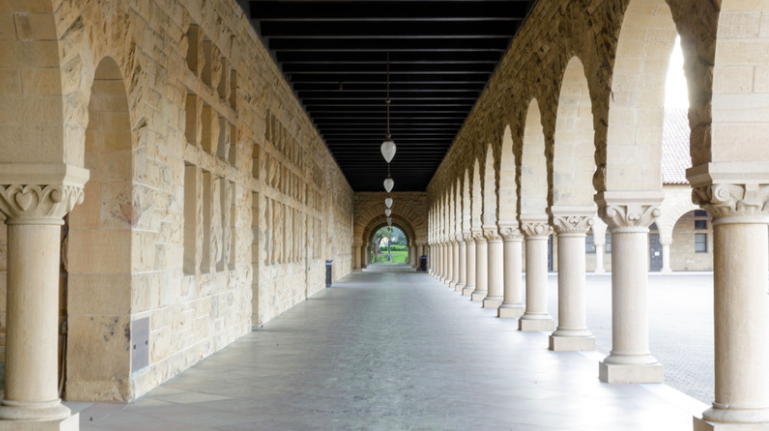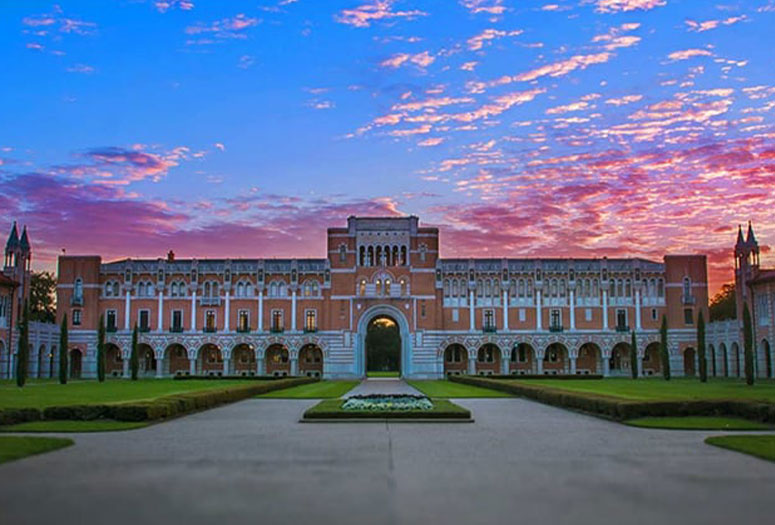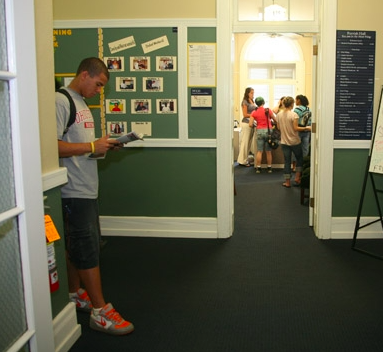 Getting into the college of your dreams requires careful planning, dedication, and strategic actions throughout your high school years. Whether you have your sights set on an Ivy League school or a highly selective public university, the earlier you start preparing, the better your chances of being accepted. Here are several tips to help you build a strong college application:
Getting into the college of your dreams requires careful planning, dedication, and strategic actions throughout your high school years. Whether you have your sights set on an Ivy League school or a highly selective public university, the earlier you start preparing, the better your chances of being accepted. Here are several tips to help you build a strong college application:
1. Focus on Academic Excellence Early
Your academic record is one of the most critical components of your college application. Colleges typically begin looking at your grades as early as your freshman year. This means that every grade counts, and starting strong will give you a solid foundation to build upon.
- Take Challenging Courses: Colleges like to see students challenging themselves academically. This includes enrolling in honors and Advanced Placement (AP) classes. Taking honors classes can also boost your GPA, making your application more competitive. Learn more about how honors classes boost your GPA to understand the benefits of these courses.
- Aim for Consistency: Rather than aiming for perfection, focus on consistency. Maintaining a high GPA throughout high school is crucial. If you’re aiming for a school that accepts students with a 3.5 GPA or higher, check out these colleges that accept a 3.5 GPA to explore your options.
- Understand Grade Expectations: It’s important to know when colleges start looking at your grades. Generally, they consider your performance from ninth grade onwards, but they pay particular attention to your junior year. Find out more about what grades colleges look at to ensure you’re on track.
2. Get Involved in Extracurricular Activities
Extracurricular activities are a great way to demonstrate your interests, leadership skills, and commitment to your passions outside of the classroom. They can also significantly strengthen your college application by showcasing your well-rounded character.
- Choose Quality Over Quantity: While it might be tempting to join as many clubs as possible, it’s more effective to focus on a few activities that genuinely interest you and where you can make a significant impact. Colleges prefer depth over breadth in extracurricular activities. Learn more about how many clubs you should join in high school to maximize your participation.
- Pursue Leadership Roles: Taking on leadership roles in your extracurricular activities can set you apart from other applicants. Whether it’s becoming the president of a club, leading a community service project, or captaining a sports team, leadership demonstrates initiative and responsibility.
- Balance Your Activities: While it’s important to be involved, you should also maintain a balance between your extracurricular activities and your academics. Colleges look for students who can manage their time effectively and excel both inside and outside the classroom.
3. Build Strong Relationships with Teachers
Teachers can be invaluable resources when it comes to applying for college. Not only can they offer academic support, but they can also provide letters of recommendation, which are a crucial part of your application.
- Engage in Class: Show genuine interest in your courses by participating in class discussions, asking questions, and seeking help when needed. Teachers are more likely to remember and write strong letters of recommendation for students who are engaged and proactive in their learning.
- Seek Help Early: If you’re struggling in a particular subject, don’t wait until it’s too late to ask for help. Building a relationship with your teachers early on will show them that you’re dedicated to your education.
- Request Letters of Recommendation: When the time comes, ask teachers who know you well and can speak to your strengths and character. It’s also important to give them plenty of notice and provide any necessary information they might need to write a compelling recommendation. For more detailed guidance, check out this resource on how to get letters of recommendation for college.
 4. Prepare for Standardized Tests
4. Prepare for Standardized Tests
While some colleges are moving towards test-optional admissions, standardized tests like the SAT and ACT are still an important part of the application process for many schools. Preparing thoroughly for these exams can improve your chances of getting into your desired college.
- Start Early: Begin preparing for standardized tests well in advance. This gives you ample time to understand the test format, identify your strengths and weaknesses, and improve through practice.
- Take Practice Tests: Taking practice tests under timed conditions can help you get used to the test format and identify areas where you need to focus more.
- Consider Test Prep Courses: If you’re struggling with self-study, consider enrolling in a test prep course. These courses can provide you with strategies to tackle different sections of the test and help improve your score.
5. Plan Your College Search and Visits
Starting your college search early can help you narrow down your choices and ensure that you’re applying to schools that are a good fit for you academically, socially, and financially.
- Research Early: Begin researching colleges as early as your sophomore year. Look into different programs, campus culture, location, and other factors that are important to you. This will help you identify what you want in a college.
- Visit Campuses: If possible, visit the campuses of the colleges you’re interested in. This can give you a feel for the environment and help you determine if it’s the right fit for you.
- Attend College Fairs and Info Sessions: College fairs and information sessions are great opportunities to learn more about different schools and speak with admissions representatives.
6. Develop a Strong Personal Statement and Application Essays
Your personal statement and application essays are your chance to showcase who you are beyond your grades and test scores. They allow you to tell your story, explain any discrepancies in your academic record, and demonstrate your writing ability.
- Start Early: Don’t wait until the last minute to start writing your essays. Give yourself plenty of time to brainstorm, write, and revise your essays. A well-thought-out essay can make a big difference in your application.
- Be Authentic: Write about something that is meaningful to you. Admissions officers can tell when an essay is genuine versus when it’s written to impress.
- Proofread Carefully: Make sure to proofread your essays multiple times and ask someone else to review them as well. Spelling and grammatical errors can detract from an otherwise strong essay.
7. Plan Your Financial Strategy
Paying for college is a significant concern for many families, and planning your financial strategy early can alleviate some of this stress.
- Apply for Scholarships: There are numerous scholarships available for high school students, ranging from academic to extracurricular-based awards. Start researching scholarships early and apply to as many as you can.
- Fill Out the FAFSA: The Free Application for Federal Student Aid (FAFSA) is the key to accessing federal financial aid. Be sure to fill it out as soon as it becomes available in October of your senior year.
- Consider Financial Fit: While it’s important to aim high, make sure to include some financially realistic schools on your list as well. This will ensure you have options when it comes time to make your final decision.
8. Stay Organized Throughout the Process
Applying to college involves managing many moving parts, from keeping track of deadlines to gathering necessary documents. Staying organized can help ensure you don’t miss any important steps in the process.
- Create a College Checklist: List all the tasks you need to complete for each college you’re applying to, including deadlines for applications, tests, and financial aid forms.
- Use a Calendar: Keep a calendar or planner to track important dates and deadlines. This will help you stay on top of everything and reduce the stress of last-minute preparations.
- Keep Copies of Everything: Maintain copies of all your application materials, including essays, transcripts, and letters of recommendation. This will make it easier to keep track of what you’ve submitted and follow up if needed.
By starting early and following these tips, high school students can set themselves up for success and improve their chances of getting into the college of their dreams. Remember, the college admissions process is a marathon, not a sprint, so take it step by step and stay focused on your goals.
